Pharaoh. Art and Power in Ancient Egypt 291124
Код товару: 291124Паперова книга
-
ISBN9780714191317
-
Бренд
-
Автор
-
Рік2024
-
МоваАнглійська
-
ІлюстраціїКольорові
-
ЖанрІсторія
Explores the ideals, symbolism and ideology of Egyptian kingship and uncovers the stories behind the objects and images left as a legacy by this ancient civilisation.
The rulers of ancient Egypt were not always male, nor always Egyptian. At times, Egypt was divided by civil war, conquered by foreign powers or ruled by competing kings. While some kings were revered – such as Thutmose III who expanded Egypt’s empire to its largest extent – the memory of others was officially erased. Many of the objects surviving from ancient Egypt project the image the pharaoh wanted us to see – however this book explores the reality and the many challenges of ruling one of the greatest civilisations the world has ever seen.
After an introduction into the historic and geographic timeframe of the ancient Pharaohs, the book explores royal iconography, decoding the insignia worn and held by the king, or the names and titles covering most royal monuments. The core of the book investigates the main roles of the king, as high priest, as the head of the royal family, as the administrative ruler of the country and as the leader of the army and diplomat. Following an investigation into the preparation for the king’s eternal life, from the rituals to the building of a tomb, the book closes on a contemporary perspective from Egypt and how the notion of the Pharaoh still resonates today.
The book covers 3,000 years of history – highlighting research on key pieces from the British Museum’s outstanding collection of Egyptian antiquities.
The rulers of ancient Egypt were not always male, nor always Egyptian. At times, Egypt was divided by civil war, conquered by foreign powers or ruled by competing kings. While some kings were revered – such as Thutmose III who expanded Egypt’s empire to its largest extent – the memory of others was officially erased. Many of the objects surviving from ancient Egypt project the image the pharaoh wanted us to see – however this book explores the reality and the many challenges of ruling one of the greatest civilisations the world has ever seen.
After an introduction into the historic and geographic timeframe of the ancient Pharaohs, the book explores royal iconography, decoding the insignia worn and held by the king, or the names and titles covering most royal monuments. The core of the book investigates the main roles of the king, as high priest, as the head of the royal family, as the administrative ruler of the country and as the leader of the army and diplomat. Following an investigation into the preparation for the king’s eternal life, from the rituals to the building of a tomb, the book closes on a contemporary perspective from Egypt and how the notion of the Pharaoh still resonates today.
The book covers 3,000 years of history – highlighting research on key pieces from the British Museum’s outstanding collection of Egyptian antiquities.
1'671 ₴
Купити
Monobank
от 188 ₴ / міс.
до 10 платежей
Покупка частинами Monobank
₴ / місяць
Для використання функції «Покупка частинами» необхідно мати картку Monobank.
Розділивши оплату на певну кількість платежів (від 3 до 10),
ви платите лише одну частину. Решта – раз на місяць списуватиметься з вашої карти.
Послуга може бути використана при замовлення на суму від 600 грн.
Увага! При покупці частинами знижки на товари не враховуються.
Щоб скористатися цією функцією, додайте в кошик товарів на суму від 600 грн.
На сторінці оформлення замовлення вкажіть спосіб оплати «Покупка частинами Monobank». Підтвердьте покупку у програмі Monobank.
-
Нова ПоштаБезкоштовно від
3'000,00 ₴ -
УкрпоштаБезкоштовно від
1'000,00 ₴ -
Meest ПоштаБезкоштовно від
3'000,00 ₴
Характеристики
- Бренд
- Автор
- КатегоріяІсторія
- Рік2024
- Сторінок256
- Формат190x260 мм
- ОбкладинкаМ'яка
- Тип паперуКрейдований
- МоваАнглійська
- ІлюстраціїКольорові
- ЖанрІсторія
- Вік16+
Від видавця
Explores the ideals, symbolism and ideology of Egyptian kingship and uncovers the stories behind the objects and images left as a legacy by this ancient civilisation.
The rulers of ancient Egypt were not always male, nor always Egyptian. At times, Egypt was divided by civil war, conquered by foreign powers or ruled by competing kings. While some kings were revered – such as Thutmose III who expanded Egypt’s empire to its largest extent – the memory of others was officially erased. Many of the objects surviving from ancient Egypt project the image the pharaoh wanted us to see – however this book explores the reality and the many challenges of ruling one of the greatest civilisations the world has ever seen.
After an introduction into the historic and geographic timeframe of the ancient Pharaohs, the book explores royal iconography, decoding the insignia worn and held by the king, or the names and titles covering most royal monuments. The core of the book investigates the main roles of the king, as high priest, as the head of the royal family, as the administrative ruler of the country and as the leader of the army and diplomat. Following an investigation into the preparation for the king’s eternal life, from the rituals to the building of a tomb, the book closes on a contemporary perspective from Egypt and how the notion of the Pharaoh still resonates today.
The book covers 3,000 years of history – highlighting research on key pieces from the British Museum’s outstanding collection of Egyptian antiquities.
The rulers of ancient Egypt were not always male, nor always Egyptian. At times, Egypt was divided by civil war, conquered by foreign powers or ruled by competing kings. While some kings were revered – such as Thutmose III who expanded Egypt’s empire to its largest extent – the memory of others was officially erased. Many of the objects surviving from ancient Egypt project the image the pharaoh wanted us to see – however this book explores the reality and the many challenges of ruling one of the greatest civilisations the world has ever seen.
After an introduction into the historic and geographic timeframe of the ancient Pharaohs, the book explores royal iconography, decoding the insignia worn and held by the king, or the names and titles covering most royal monuments. The core of the book investigates the main roles of the king, as high priest, as the head of the royal family, as the administrative ruler of the country and as the leader of the army and diplomat. Following an investigation into the preparation for the king’s eternal life, from the rituals to the building of a tomb, the book closes on a contemporary perspective from Egypt and how the notion of the Pharaoh still resonates today.
The book covers 3,000 years of history – highlighting research on key pieces from the British Museum’s outstanding collection of Egyptian antiquities.
Зміст
Досліджує ідеали, символіку та ідеологію єгипетського царювання та розкриває історії, що стоять за об’єктами та образами, залишеними у спадок цій стародавній цивілізації.
Правителі Стародавнього Єгипту не завжди були чоловіками і не завжди єгиптянами. Часом Єгипет був розділений громадянською війною, завойований іноземними державами або керований конкуруючими королями. У той час як деякі королі шанувалися –, такі як Тутмос III, який розширив імперію Єгипту до її найбільшої міри –, пам'ять про інших була офіційно стерта. Багато об’єктів, що збереглися з Стародавнього Єгипту, проектують образ, який фараон хотів, щоб ми побачили –, однак ця книга досліджує реальність і численні виклики правління однією з найбільших цивілізацій, які коли-небудь бачив світ.
Після введення в історичні та географічні часові рамки стародавніх фараонів книга досліджує королівську іконографію, розшифровуючи знаки розрізнення, які носив і тримав король, або імена та титули, що охоплюють більшість королівських пам’яток. Ядро книги досліджує головні ролі короля, як первосвященика, як глави королівської родини, як адміністративного правителя країни та як лідера армії та дипломата. Після дослідження підготовки до вічного життя царя, від ритуалів до будівництва гробниці, книга завершується сучасною перспективою Єгипту та тим, як поняття фараона все ще резонує сьогодні.
Книга охоплює 3000-річну історію –, висвітлюючи дослідження ключових експонатів із видатної колекції єгипетських старожитностей Британського музею.
Правителі Стародавнього Єгипту не завжди були чоловіками і не завжди єгиптянами. Часом Єгипет був розділений громадянською війною, завойований іноземними державами або керований конкуруючими королями. У той час як деякі королі шанувалися –, такі як Тутмос III, який розширив імперію Єгипту до її найбільшої міри –, пам'ять про інших була офіційно стерта. Багато об’єктів, що збереглися з Стародавнього Єгипту, проектують образ, який фараон хотів, щоб ми побачили –, однак ця книга досліджує реальність і численні виклики правління однією з найбільших цивілізацій, які коли-небудь бачив світ.
Після введення в історичні та географічні часові рамки стародавніх фараонів книга досліджує королівську іконографію, розшифровуючи знаки розрізнення, які носив і тримав король, або імена та титули, що охоплюють більшість королівських пам’яток. Ядро книги досліджує головні ролі короля, як первосвященика, як глави королівської родини, як адміністративного правителя країни та як лідера армії та дипломата. Після дослідження підготовки до вічного життя царя, від ритуалів до будівництва гробниці, книга завершується сучасною перспективою Єгипту та тим, як поняття фараона все ще резонує сьогодні.
Книга охоплює 3000-річну історію –, висвітлюючи дослідження ключових експонатів із видатної колекції єгипетських старожитностей Британського музею.

Pharaoh. Art and Power in Ancient Egypt
1'671 ₴















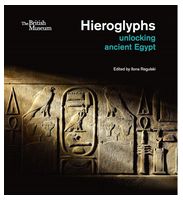


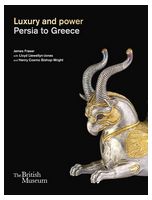







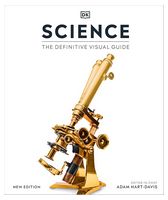




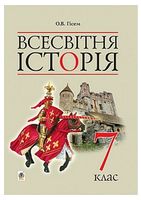
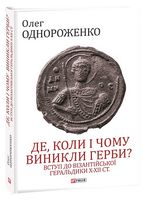







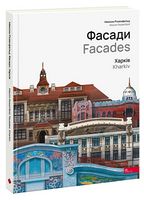


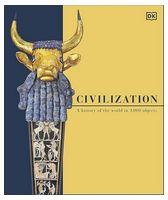
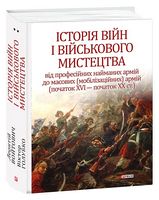

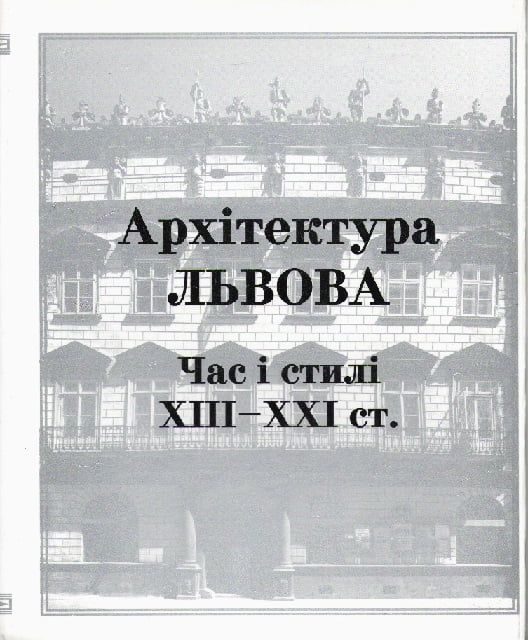







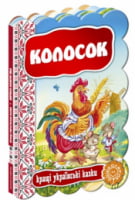



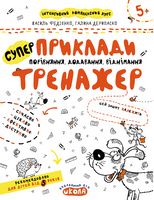


Відгуки про Pharaoh. Art and Power in Ancient Egypt